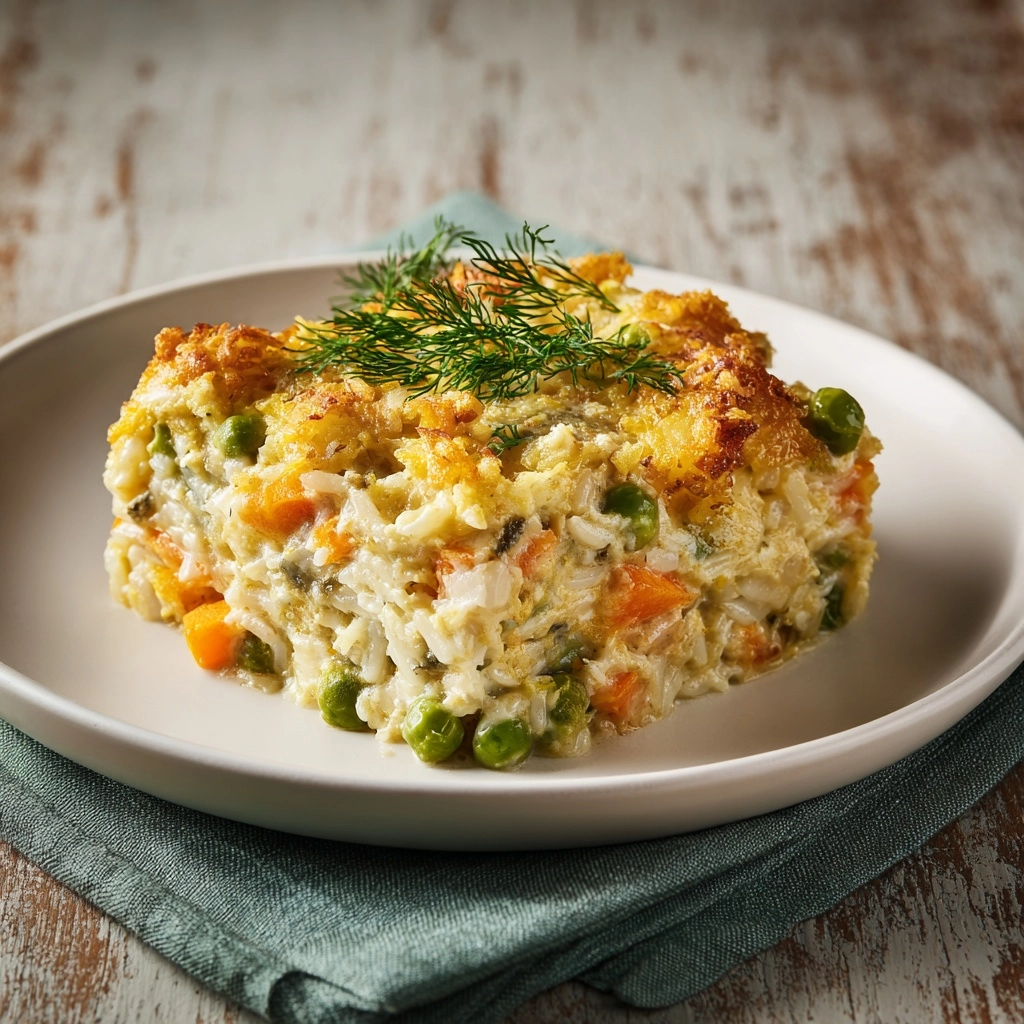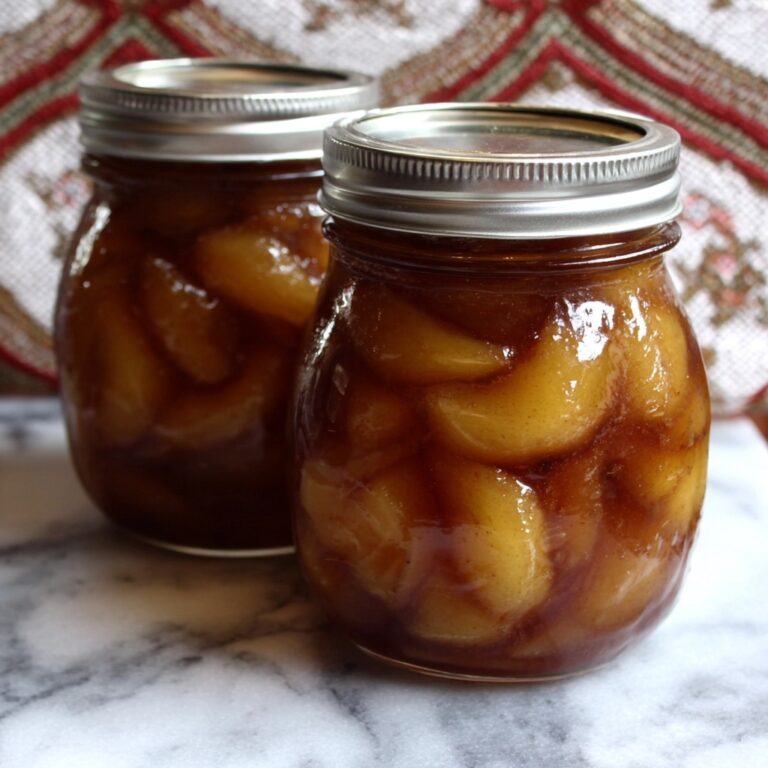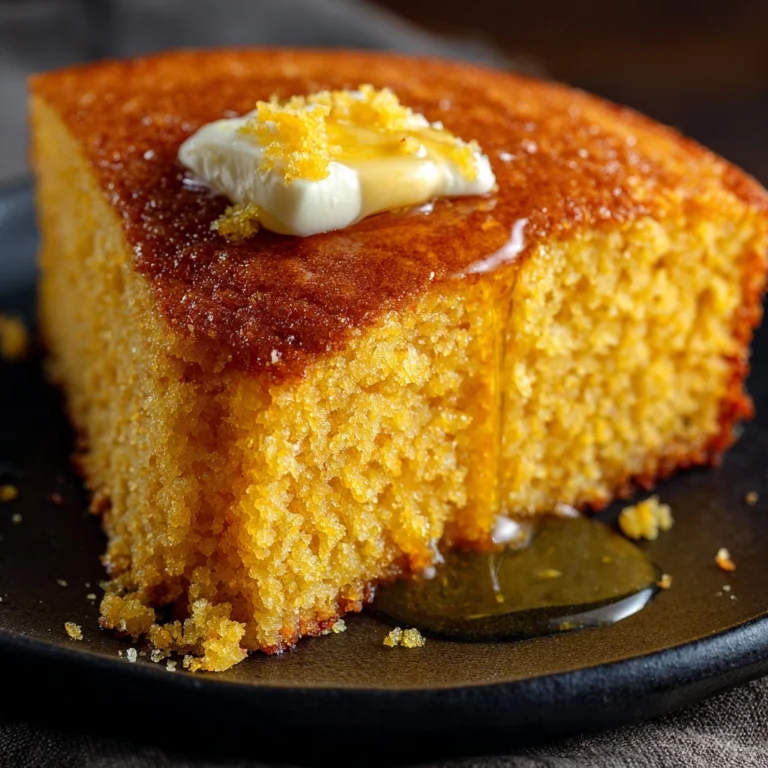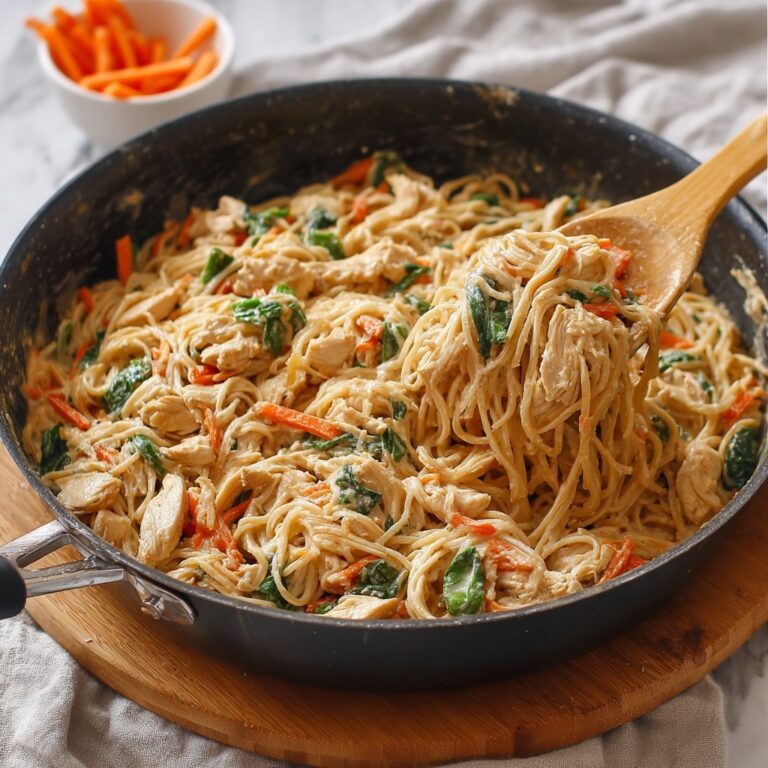Cauliflower Grits are an absolute game changer for anyone craving a creamy, comforting bowl of Southern goodness without the heavy carbs. This clever twist on classic grits swaps out corn for riced cauliflower, creating a lusciously smooth, cheesy side that’s both wholesome and quick to prepare. With just a handful of simple ingredients, a few minutes on the stovetop, and endless possibilities for customization, Cauliflower Grits might just become your new favorite kitchen staple.

Ingredients You’ll Need
One of the best things about Cauliflower Grits is how few ingredients you need to make something truly crave-worthy. Each item on this list plays a starring role in creating that iconic, creamy texture and flavor you’d expect from grits, but with a fresh, healthy twist. Here’s why you’ll love every component:
- Cauliflower florets: The heart of the dish, these vegetables mimic the look and feel of traditional grits while keeping things light and low-carb.
- Olive oil or unsalted butter: Adds richness and a silky finish to every bite—choose butter for classic flavor or olive oil for a dairy-free twist.
- Milk or unsweetened almond milk: Gives the grits their creamy consistency; dairy or plant-based both work perfectly, so pick your favorite.
- Grated Parmesan cheese: Brings a little salty, nutty magic that makes the grits irresistibly savory and delicious.
- Garlic powder: Adds gentle warmth and depth, subtly enhancing the cauliflower flavor.
- Salt and black pepper: Let you season the dish just right—don’t be shy, taste and adjust at the end!
- Chopped fresh chives or parsley (optional): A pop of color and freshness that makes your finished bowl look as good as it tastes.
How to Make Cauliflower Grits
Step 1: Prep and Rice the Cauliflower
Start by grabbing a medium head of cauliflower and cutting it into florets—no need to make them tiny, just small enough to fit in your food processor. Pulse the florets until they reach a coarse, grain-like texture, similar to classic grits or rice. This step only takes a couple of minutes and sets up that signature base for our Cauliflower Grits.
Step 2: Sauté the Cauliflower
In a large skillet set over medium heat, drizzle in the olive oil or drop in a pat of butter. Once it’s shimmering or melted, add the riced cauliflower. Give it an occasional stir and let it sauté for five to seven minutes. You’re looking for it to soften but not brown—this gives you that just-tender, fluffy texture.
Step 3: Make It Creamy
Pour in the milk (dairy or almond, your call), then add the Parmesan cheese, garlic powder, salt, and black pepper. The magic will happen right before your eyes as everything melts together into one creamy mass. Keep stirring for another two to three minutes to make sure the cheese is melted and flavors blend beautifully.
Step 4: Taste and Serve
Before you serve up your Cauliflower Grits, give them a taste and adjust the seasoning if you’d like. Spoon into bowls while still piping hot, and don’t forget that optional sprinkle of chopped chives or parsley on top. The herbs add a dash of color and a fresh note that’s the perfect finishing touch!
How to Serve Cauliflower Grits

Garnishes
A simple sprinkle of fresh chives or parsley brings brightness to your bowl and sets off the creamy texture of Cauliflower Grits. For extra flair, try a dusting of smoked paprika or a little more Parmesan—anything that gives that final flourish and makes your dish look as special as it tastes.
Side Dishes
These Cauliflower Grits are the ultimate blank canvas, pairing beautifully with everything from blackened shrimp and poached eggs to roasted veggies or spicy sausage. They’re versatile enough to complement virtually any protein or vegetable you’re serving, and work wonderfully as part of a Southern-inspired breakfast or a cozy weekday dinner.
Creative Ways to Present
Want to make your Cauliflower Grits the star of the show? Spoon them into mini ramekins for individual servings at brunch, or use them as a base in a layered bowl, topping with slow-cooked meats, spicy beans, or even salsa and avocado for a southwestern spin. They’re also fantastic served family-style in a big, beautiful bowl at your next dinner party.
Make Ahead and Storage
Storing Leftovers
Luckily, leftover Cauliflower Grits are just as tasty the next day. Let any extra cool to room temperature, then transfer to an airtight container and store in the fridge for up to three days. They’ll thicken as they chill, but the flavor stays spot-on.
Freezing
You can absolutely freeze Cauliflower Grits if you want make-ahead convenience. Pop cooled portions into freezer-safe containers or bags, label them, and freeze for up to two months. Just remember to thaw overnight in the refrigerator before reheating.
Reheating
When you’re ready to eat, gently reheat Cauliflower Grits in a saucepan over low heat, adding a splash of milk to loosen things up and restore that creamy texture. A quick stir is all it takes to bring them back to their original deliciousness—just be careful not to overheat, which can dry them out.
FAQs
Can I make Cauliflower Grits without a food processor?
Yes, if you don’t have a food processor, you can use a box grater to rice the cauliflower by hand. It takes a little more elbow grease, but the texture will still be perfect for this recipe.
Are Cauliflower Grits keto-friendly?
Absolutely! Cauliflower Grits are naturally low in carbohydrates, making them an excellent option for anyone following a keto or low-carb lifestyle, especially if you use plant-based milk and swap Parmesan for nutritional yeast.
What can I use instead of Parmesan cheese?
If you’re keeping it dairy-free, nutritional yeast is a fantastic substitute for Parmesan. It lends a cheesy, savory flavor and keeps the recipe vegan-friendly.
How can I make Cauliflower Grits extra creamy?
For an even richer texture, try adding an extra splash of milk or a dollop of cream cheese while stirring everything together. Just don’t skip the constant stirring—that’s the secret to ultra-creamy grits!
Can I prepare Cauliflower Grits in advance?
Yes, you can whip up a batch ahead of time and simply reheat when you’re ready to eat. Just store them in a container in the fridge, and freshen them up with a bit of milk upon reheating to restore that signature creaminess.
Final Thoughts
If you love the warmth and comfort of traditional grits but want something a little lighter, you’re going to fall head over heels for Cauliflower Grits. They’re fast, flexible, and packed with flavor—give them a try and see just how easy (and delicious) healthy comfort food can be!
Print
Cauliflower Grits Recipe
- Prep Time: 10 minutes
- Cook Time: 10 minutes
- Total Time: 20 minutes
- Yield: 4 servings 1x
- Category: Side Dish
- Method: Stovetop
- Cuisine: Southern
- Diet: Vegetarian
Description
A delicious and healthy alternative to traditional grits, these Cauliflower Grits are a low-carb, gluten-free side dish that’s creamy and flavorful. Made with cauliflower, Parmesan cheese, and seasonings, this dish is a perfect accompaniment to a variety of main courses.
Ingredients
Cauliflower Grits:
- 1 medium head of cauliflower (cut into florets)
- 1 tablespoon olive oil or unsalted butter
- 1/4 cup milk or unsweetened almond milk
- 1/4 cup grated Parmesan cheese
- 1/4 teaspoon garlic powder
- Salt and black pepper to taste
- Chopped fresh chives or parsley for garnish (optional)
Instructions
- Prepare the Cauliflower: Place the cauliflower florets in a food processor and pulse until they resemble the texture of coarse grits or rice.
- Sauté Cauliflower: In a large skillet over medium heat, warm the olive oil or butter. Add the riced cauliflower and sauté for 5–7 minutes, stirring occasionally, until softened.
- Add Ingredients: Stir in the milk, Parmesan cheese, garlic powder, salt, and pepper. Continue to cook for 2–3 more minutes until the mixture is creamy and well combined.
- Serve: Adjust seasoning to taste. Serve warm, topped with fresh herbs if desired.
Notes
- For a dairy-free version, use plant-based milk and nutritional yeast in place of Parmesan.
- This dish makes a great low-carb substitute for traditional grits and pairs well with shrimp, eggs, or roasted vegetables.
Nutrition
- Serving Size: 1/2 cup
- Calories: 90
- Sugar: 2g
- Sodium: 210mg
- Fat: 6g
- Saturated Fat: 2g
- Unsaturated Fat: 3g
- Trans Fat: 0g
- Carbohydrates: 6g
- Fiber: 2g
- Protein: 4g
- Cholesterol: 5mg








